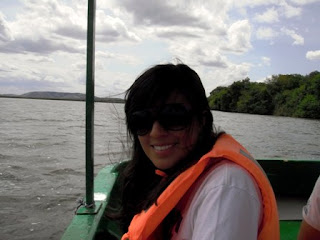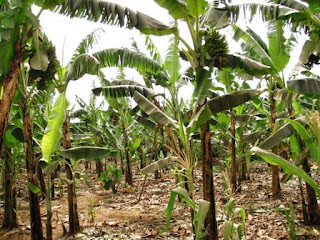It is now November and it’s only been about 2.5 weeks since we started classes again after Fall Break. Even so, I can already feel that we have entered the last month of the program. We are currently at La Selva Biological Station, where we have never stayed before, and it is definitely my favorite. But I will talk more about La Selva after we leave, because first I need to talk about what I did with my week off.
Tamarindo
For Fall Break, we were set free to go wherever we pleased. Some people in the program traveled around San Jose and surrounding areas in a small group, others met up with their families to vacation on Costa Rica beaches, one person went home to visit loved ones, and 9 of us pooled some money and made Tamarindo, a beach on the Pacific side of Costa Rica, our destination.
Before I can talk about the actual vacation, it is worth mentioning how unusually and absurdly difficult our trip there became. We had to get there from Palo Verde, the station we had been staying in. So, the course bus took us to the nearest town with a bus station – Bagaces. From there, we just had to take a bus to Liberia, and then take a bus to Tamarindo from there. So, we got on the first bus displaying Liberia on its front. Unfortunately, it turned in the wrong direction – as it turns out, it was coming from Liberia. Fortunately, we noticed after one bus stop. So we got off this bus, had to unload our bags from underneath it, and crossed the highway to the opposite bus stop. There we waited for 30 minutes before a bus to Liberia came, but it did not stop. Then in a little under another 30 min, a bus came going to Liberia. Finally, we got on the bus and made way towards Liberia – but one stop before we got to the bus station there, two people rushed out of the bus, taking two bags belonging to some of the girls in our group. This definitely put a damper on our day. But not as much as when the bus hit a parked car in a rainstorm and we had to sit there for three hours waiting for an ambulance to come and check on the people in the car, and a police officer to write a report. Luckily, no one was hurt, but regardless we still had to wait for all of this to happen, and then we were switched to a different bus. Why this did not occur to them sooner continues to puzzle me, but that’s how it went. After a long day and about 5 hours of unforeseen delay, we finally made it to Tamarindo, and after a little confusion on behalf of our taxi drivers, we finally found the house we were renting.
Tamarindo is like heaven on Earth. The beach is straight out of a postcard - blue waters, hot sun, white sandy beach, palm trees, and a tropical rainforest backdrop in the distance. Behind the line of trees between the beach and the town, you find a small commercial area completely dedicated to the tourism in the area – so dedicated, that almost every sign is written in English and everyone’s prices are in dollars. And much more expensive than anywhere else in Costa Rica, it seems. So while we were getting a great deal on low rent because it was the off season, and the weather was perfect regardless, going out to eat and paying for guided activities seemed a little bit out of our budget. So, each day two of us prepared dinner for everyone and we went to the grocery store and stocked up on breakfast and lunch snacks, and on some days we had lunch or dinner out. Most of our time was spent out on the beach laying out and reading in the sun, swimming in the comfortable Pacific waters, and exploring little shops in town. One day, we even rented some snorkeling gear and kayaks to reach a nearby island. Upon reaching it, we found it was covered in massive shells and conchs, as well as many hermit crabs. The waters around it had many pretty fish which were hard to spot on the somewhat cloudy day and amongst the seaweed – but nevertheless, we saw many and it was one of my favorite ocean experiences ever, having been only the second time I ever snorkeled.
We did run into some trouble in Tamarindo – for example, the bathrooms in the house we were renting overflowed and started seeping sewage – then the landlords brought someone in to fix it, which involved removing the toilet bowl and replacing it – but the next day, the same thing happened. This was the last straw, and so the owner moved us to a bigger, nicer house.









































